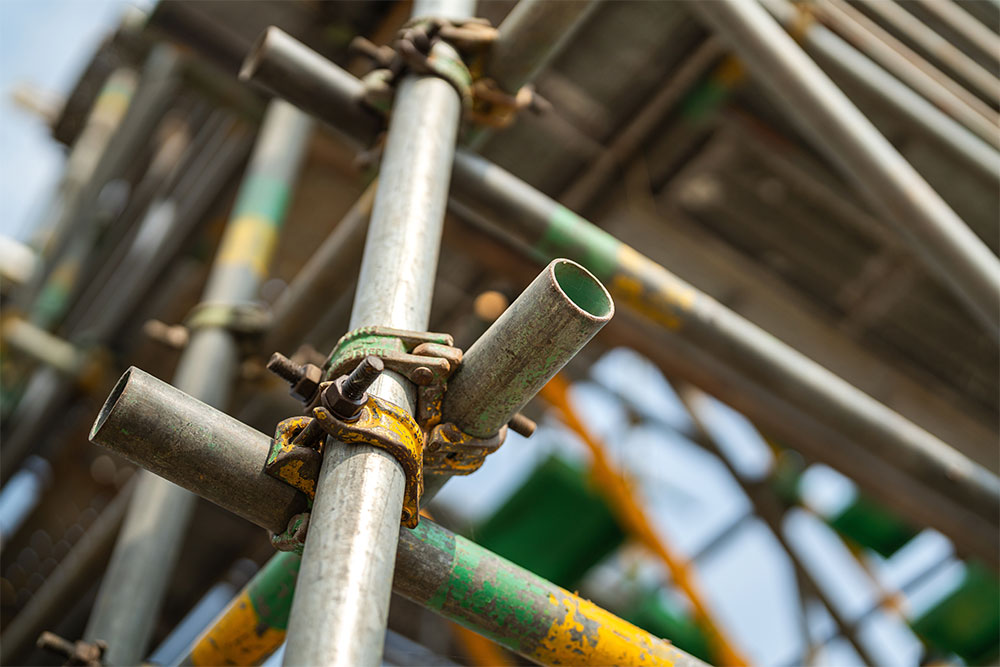SUPPORT STRUCTURES

Support structures in engineering can be broadly categorized into fixed, pinned, roller, and simple supports, each differing in how they restrict movement and resist forces. Fixed supports offer the most resistance, preventing both translation and rotation, while roller supports allow movement in one direction, typically horizontal. Pinned supports permit rotation but restrict translation, and simple supports are similar to rollers but may have additional constraints.
1- Fixed Support:
This type of support provides the most resistance, preventing any movement (translation and rotation) in all directions. It is the most rigid support and is often used where stability is critical.
2- Pinned Support:
Also known as a hinge support, this allows rotation but restricts movement in the horizontal and vertical directions. It is commonly used in trusses and other structures where flexibility in rotation is needed.
3- Roller Support:
These supports resist vertical forces but allow horizontal movement. They are often used in bridges and other structures to accommodate thermal expansion and contraction.
4- Simple Support:
Similar to a roller support, a simple support resists vertical forces but allows both horizontal movement and rotation. It is often used in idealized models for calculations.
